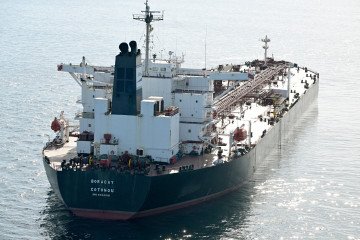- Category
- Latest news
Russian Air Defense Likely to Have Shot Down a Civilian Plane. This is Not the First Time It Happened
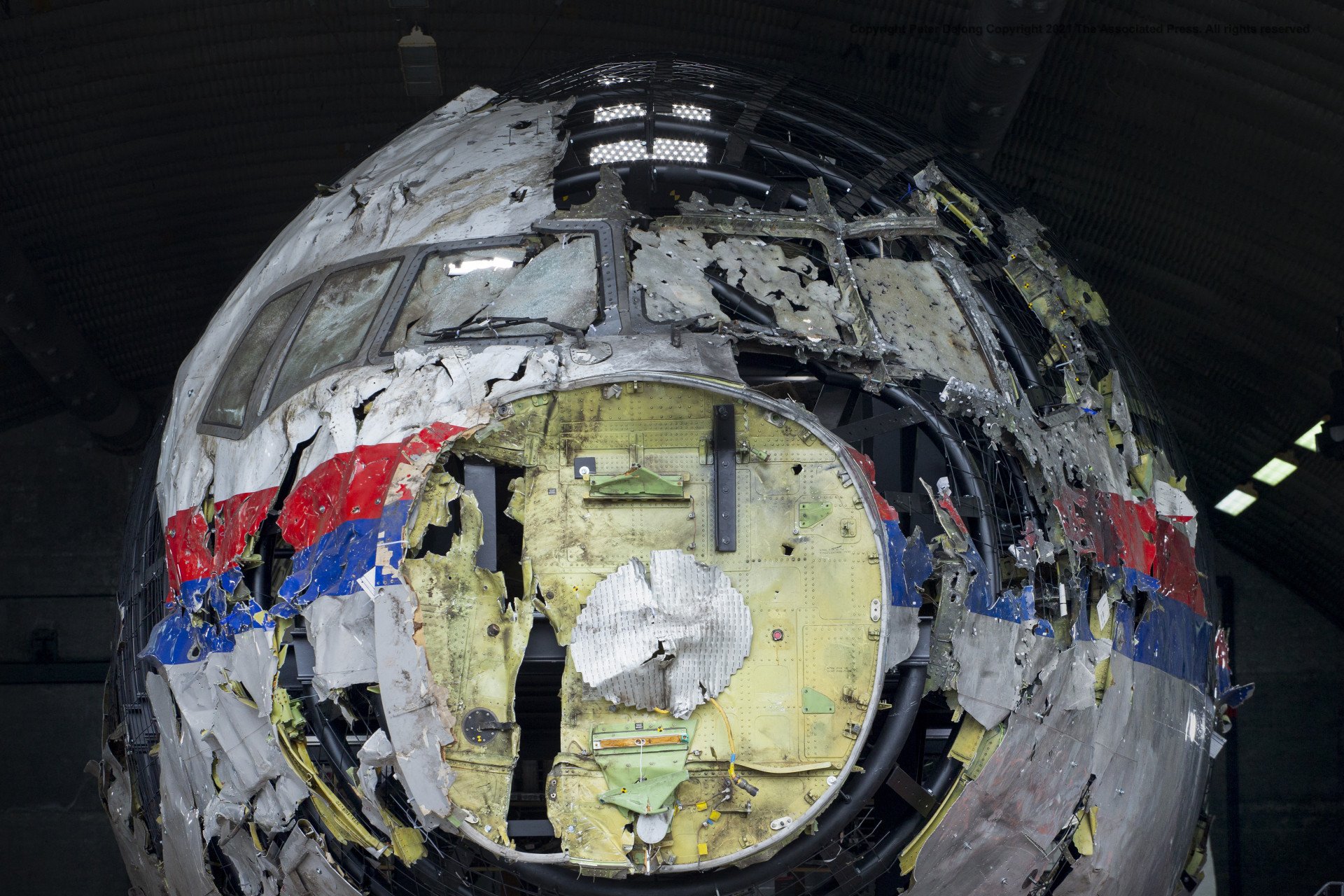
On December 25, a Azerbaijan Airlines Embraer 190 crashed in western Kazakhstan, claiming 38 lives, including the pilots. The next day, sources within the Azerbaijani government confirmed that the aircraft was shot down by a Russian anti-aircraft missile.
Russia has a history of shooting down civilian aircraft, from the downing of Korean Air Lines Flight 007 during the Cold War to the tragic destruction of Malaysia Airlines Flight MH17 over Ukraine. Each incident has been met with denial and a narrative of deflection, highlighting Russia's blatant disregard for human life and international norms.
Azerbaijan Airlines Embraer 190, 2024
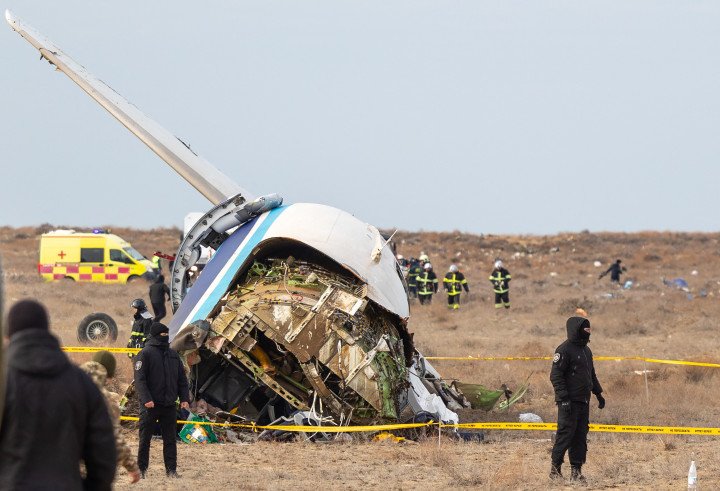
On December 25, an Azerbaijan Airlines Embraer 190 aircraft crashed in western Kazakhstan. Kazakh authorities said 38 people were killed in the crash. Originally flying from Baku to Grozny, the flight was first redirected to Makhachkala, Dagestan, due to fog, before being diverted again to Aktau, Kazakhstan.
Sources within the Azerbaijani government confirmed exclusively to Euronews on December 26 that the crash was caused by a Russian surface-to-air missile.
The missile was fired at Flight 8432 during drone activity over Grozny, with shrapnel hitting passengers and cabin crew as it detonated near the aircraft mid-flight.
Russia was obligated to close its airspace to civilian aircraft, but this measure was not taken. “Why a no-fly zone was not declared over Chechnya remains a significant question,” Azerbaijani news agency Caliber wrote. According to the reports, the Grozny airport denied permission for the plane to land. It was additionally refused landing clearance at the airports in Makhachkala and Mineralnye Vody.
According to Azerbaijani government sources cited by the Baku-based international outlet AnewZ, the missile that struck the aircraft was launched from a Pantsir-S air defense system.
Russian Su-34 aircraft, 2022
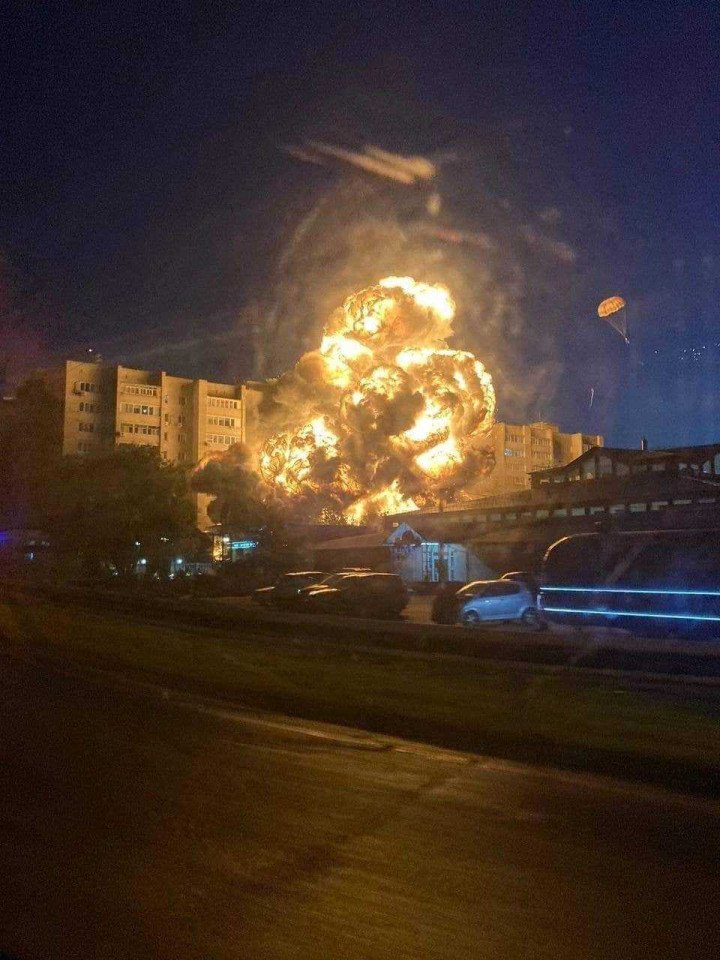
On September 17, 2022, Russian Su-34 military aircraft crashed into a residential apartment building in the city of Yeysk, located in Russia's Krasnodar region, killing 4 people and injuring 21. The building housed at least 600 residents.
Eyewitnesses reported that the building struck by the aircraft was engulfed in flames, with fire spreading from the first to the ninth floors.
Although not a case of an anti-aircraft missile strike, as Russia's Ministry of Defense stated that Su-34 experienced an accident while ascending for a training flight, the incident depicts Russia's disregard for civilian safety within its own borders.
Boeing 777, 2014
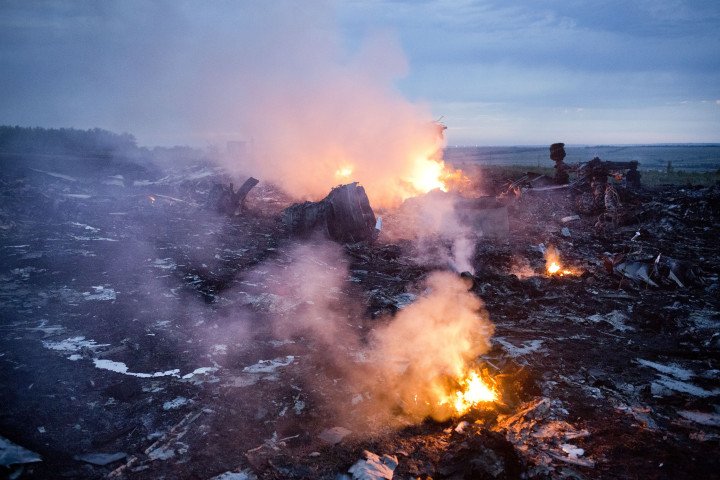
On July 17, 2014, a Boeing 777 was shot down near Torez in Donetsk region while on a scheduled passenger flight from Amsterdam to Kuala Lumpur. All 283 passengers and 15 crew were killed.
An international investigation concluded that the plane was shot down by a surface-to-air missile launched by Russian-backed forces or Russian operatives from the occupied areas of Donetsk. The missile system, the Buk M1, was supplied by the Russian Federation.
The self-proclaimed Donetsk People's Republic initially claimed responsibility but later withdrew the statement.
On November 17, 2022, the Hague District Court convicted former Russian military officer Igor Girkin, former Russian military intelligence officer Sergey Dubinsky, and former Russian-backed battalion commander Leonid Kharchenko in absentia, sentencing them to life imprisonment for their roles in the downing of Malaysia Airlines Flight MH17 over Donetsk. The court also issued arrest warrants.
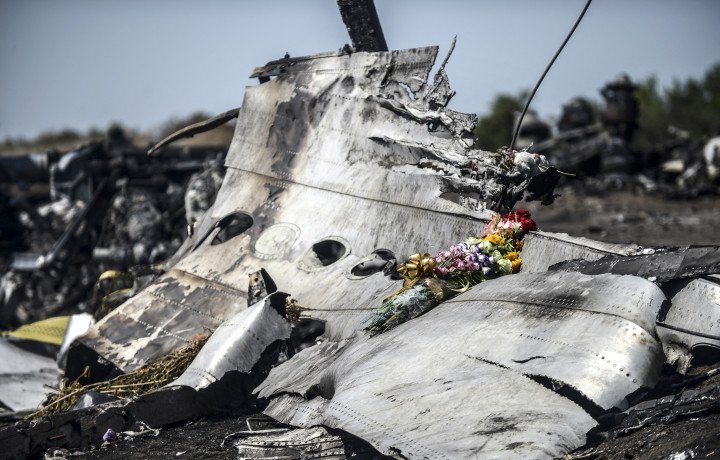
On May 24, 2018, Australia and the Netherlands officially held Russia responsible for the tragedy, which remains the deadliest aviation disaster in Ukraine's history and the worst of the 21st century after the September 11, 2001 terrorist attacks.
Smolensk Air Crash, 2010
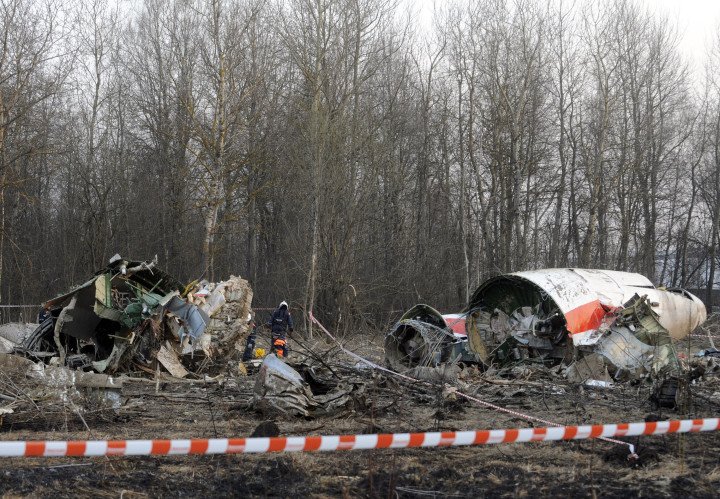
On April 10, 2010, Polish Air Force Flight 101, a Tupolev Tu-154 aircraft, crashed near Smolensk, Russia, killing all 96 people aboard, including Polish President Lech Kaczyński, his wife Maria, and former President in exile Ryszard Kaczorowski, among other senior officials and public figures.
The Polish investigation, published on April 11, 2022, identified an explosion in the left wing as the direct cause of the crash. The aircraft had been sent for major repairs to the AviaKor factory in Samara, Russia, and during these repairs, explosive materials were reportedly placed in the wing. The plane was scheduled to crash at a specific time and location via a coded radio signal. Russian authorities withheld many key pieces of information from Poland throughout the investigation, and some data was later found to have been falsified.
In April 2017, Poland's prosecution reclassified charges against Russian air traffic controllers, alleging that they intentionally guided the plane into disaster. Initially, the charges against them were framed as unintentional causing of the crash.
Poland later announced intentions to bring the case before the International Court of Justice.
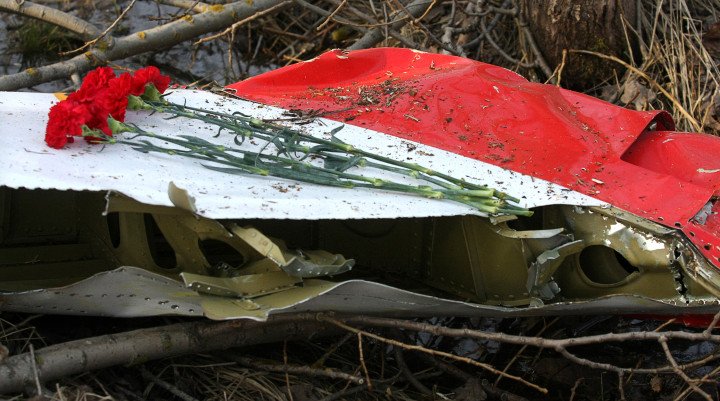
Korean Air Lines Flight 007, 1983
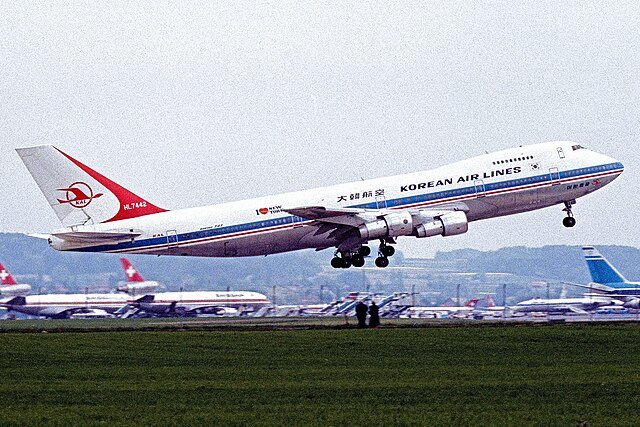
Korean Air Lines Flight 007, a Boeing 747, was en route from New York City to Seoul with a stopover in Anchorage, Alaska, on September 1, 1983, when the flight was shot down by a Soviet Sukhoi Su-15 interceptor after it strayed into prohibited Soviet airspace.
The crash, which occurred near Moneron Island in the Sea of Japan, killed all 246 passengers and 23 crew members, including US Representative Larry McDonald.
The aircraft had deviated from its route due to a navigational error by the crew and inadvertently flew through Soviet territory containing missile silos, when the Soviet Air Force mistook the plane for a US spy plane and destroyed it with air-to-air missiles after firing warning shots.
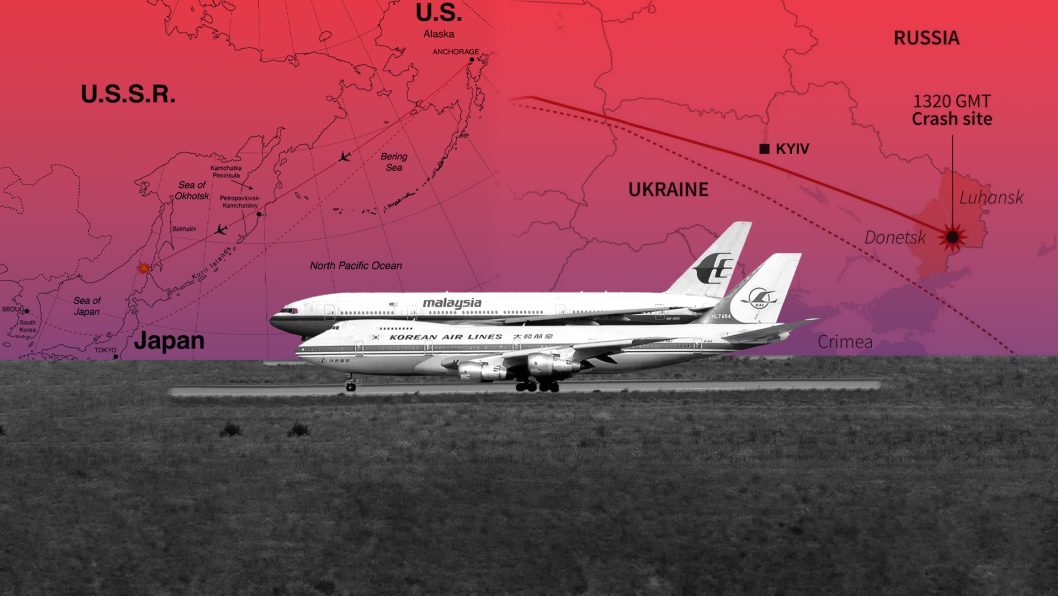
Initially, the Soviet Union denied knowledge of the incident but later admitted to downing the aircraft, claiming it had been on a US intelligence mission.
The Soviet Politburo characterized the incident as a deliberate provocation by the US to test Soviet military readiness.
Korean Air Lines Flight 902, 1978
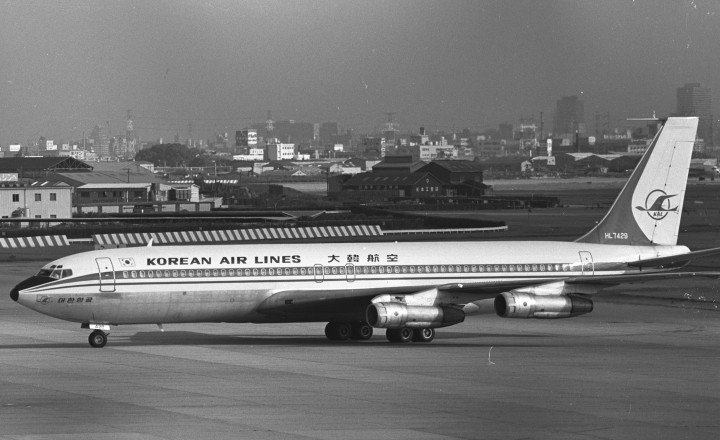
On April 20, 1978, Korean Air Lines Flight 902, a Boeing 707, was shot down by the Soviet Union after it entered restricted airspace near Murmansk. Two of the 109 people aboard died, but the rest survived an emergency landing on a frozen lake.
A malfunctioning gyroscopic semi-compass caused the aircraft to veer off course, entering Soviet airspace near the Kola Peninsula. The Soviet interceptor, a Su-15 piloted by Captain Alexander Bosov, initially attempted to communicate with the aircraft. After the plane failed to respond, Bosov was ordered to shoot it down. Despite Bosov's efforts to convince his superiors that it was a civilian airliner, the interceptor fired two R-60 missiles, damaging the plane and forcing it into a rapid descent.
The USSR later stated the decision to shoot down the plane was made at higher levels of command, and no one was officially held accountable.
An investigation revealed that the responsibility for the order to shoot down the aircraft was unclear, as recordings of the communications were found to be erased. Some sources hold General Dmitriyev accountable for the decision. The Soviet Union later presented a bill for $100,000 to South Korea for the costs of detaining the passengers.

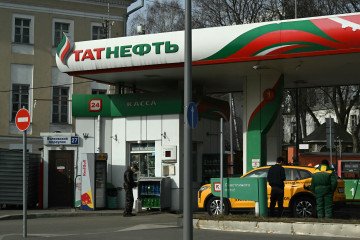


-111f0e5095e02c02446ffed57bfb0ab1.jpeg)

